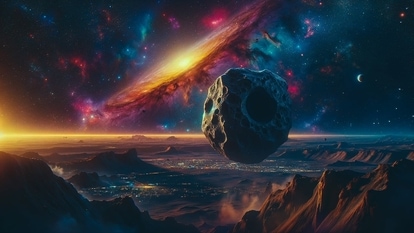NASA Astronomy Picture of the Day 25 April 2023: G4-class Geomagnetic Storm sparks Auroras
Today’s NASA Astronomy Picture of the Day is a snapshot of stunning auroras sparked by the G4-class Geomagnetic storm, captured from Caceres, Spain.
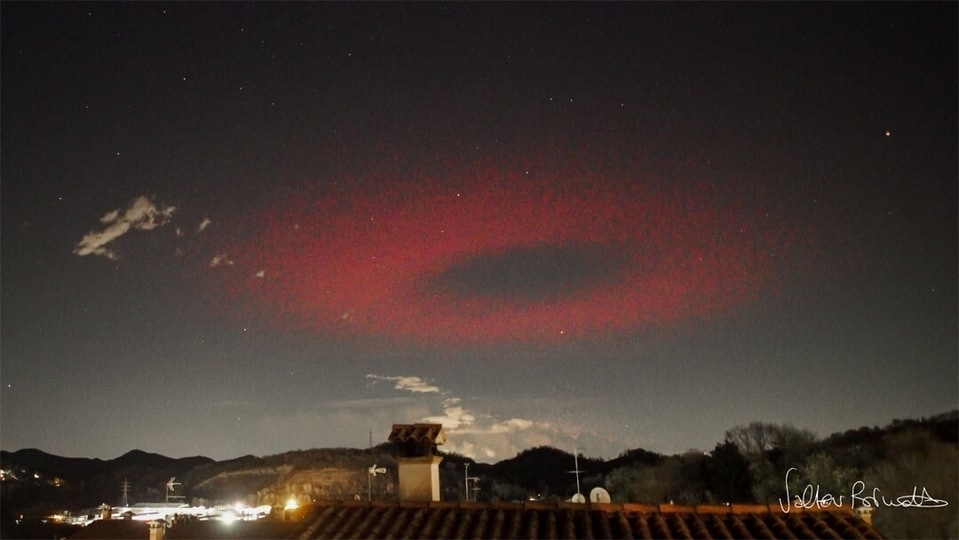
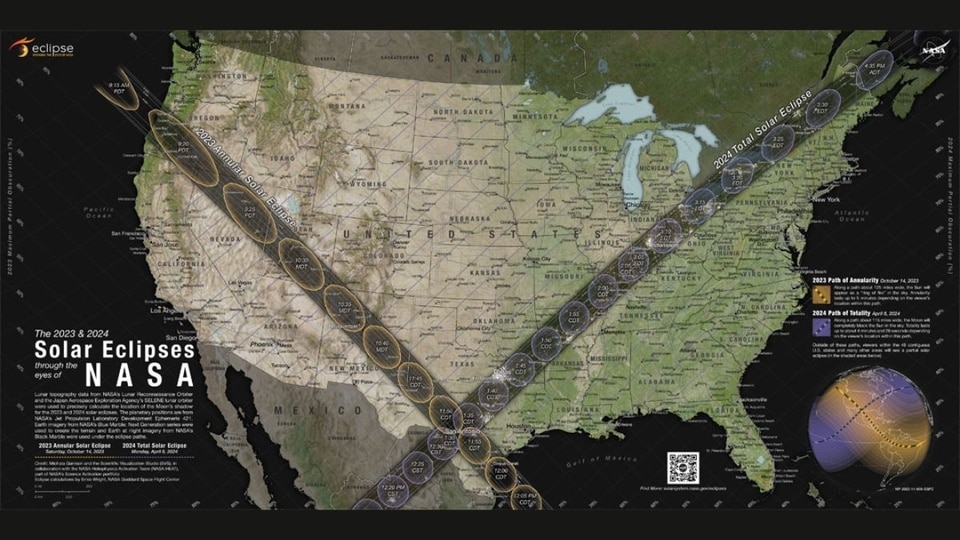
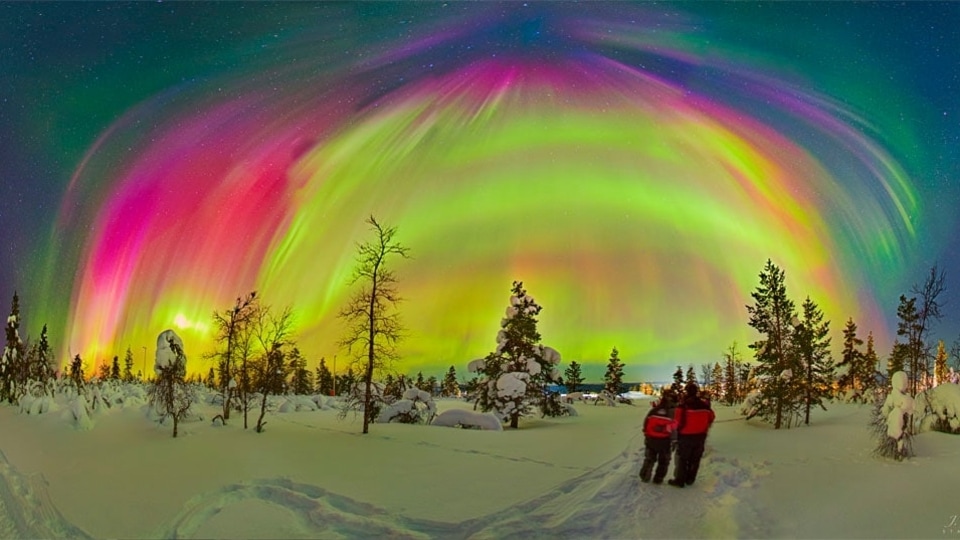
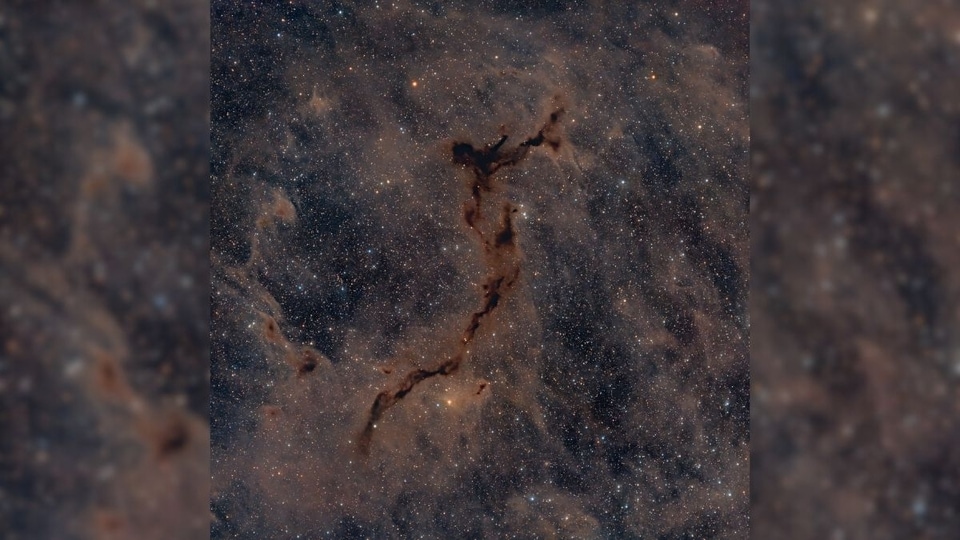
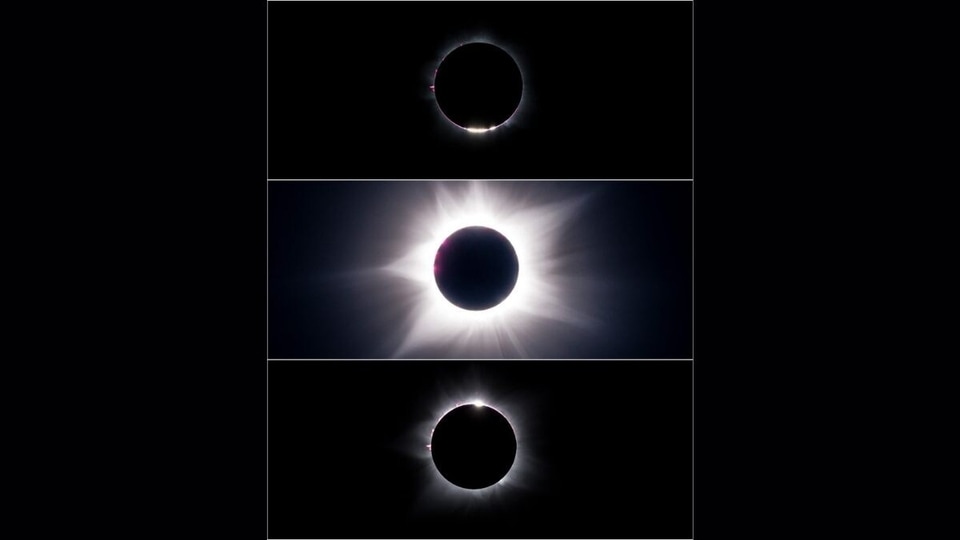
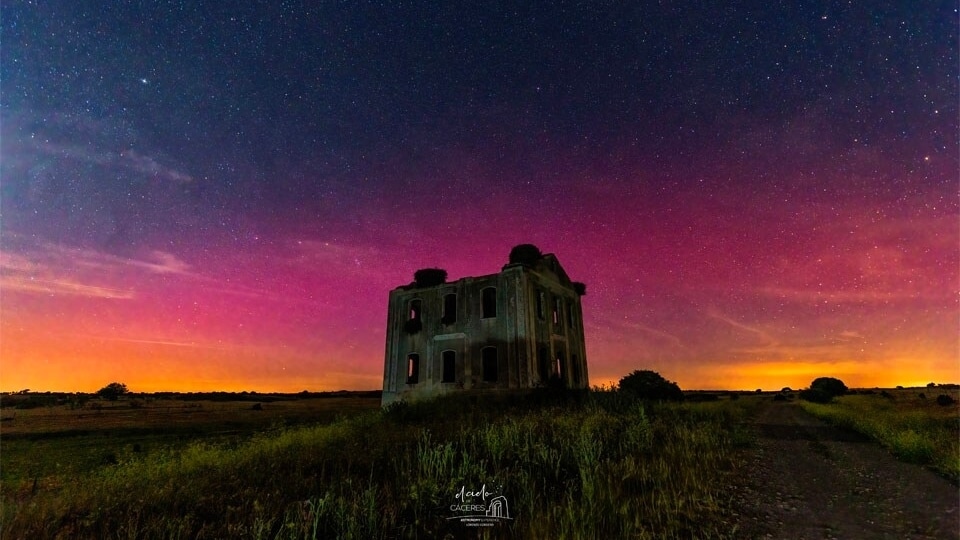
 View all Images
View all ImagesThe Sun entered solar cycle 25 in 2019 and it is expected that it will hit its peak in July 2025. And this is the main reason why the Sun has suddenly become so violent. The Earth is in for a rough ride. A powerful Coronal Mass Explosion (CME) hit Earth and sparked a terrifying G4-class Geomagnetic Storm. This storm was so powerful that it sparked auroras all over the world which could be seen from afar.
Today's NASA Astronomy Picture of the Day is a snapshot of stunning auroras sparked by the G4-class Geomagnetic storm, captured from Caceres, Spain. But it wasn't just Spain where the auroras were visible. According to a report by spaceweather.com, the stunning streaks of light were seen lighting up the sky in Europe, in several parts of the U.S., New Zealand and as far as south of France.
Auroras were captured, backdropping a ruin by astrophotographer Lorenzo Cordero.
NASA's description of the picture
Did you see an aurora over the past two nights? Many people who don't live in Earth's far north did. Reports of aurora came in not only from northern locales in the USA as Alaska, but as far south as Texas and Arizona. A huge auroral oval extended over Europe and Asia, too. Pictured, an impressively red aurora was captured last night near the town of Cáceres in central Spain. Auroras were also reported in parts of southern Spain. The auroras resulted from a strong Coronal Mass Event (CME) that occurred on the Sun a few days ago.
Particles from the CME crossed the inner Solar System before colliding with the Earth's magnetosphere. From there, electrons and protons spiraled down the Earth's northern magnetic field lines and collided with oxygen and nitrogen in Earth's atmosphere, causing picturesque auroral glows. Our unusually active Sun may provide future opportunities to see the northern lights in the southern skies.
Catch all the Latest Tech News, Mobile News, Laptop News, Gaming news, Wearables News , How To News, also keep up with us on Whatsapp channel,Twitter, Facebook, Google News, and Instagram. For our latest videos, subscribe to our YouTube channel.








